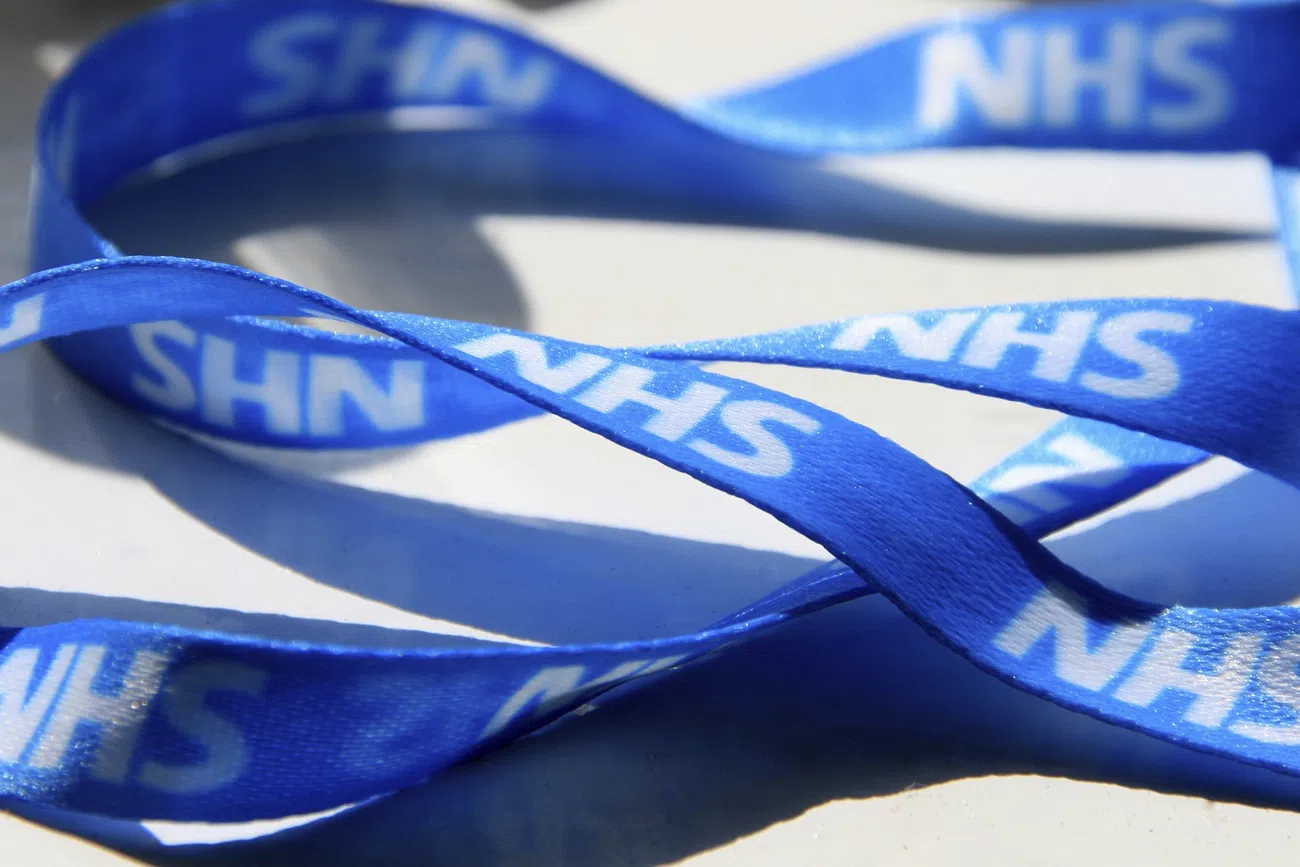It was December, 7:15 am on a Friday, and Mags, the scheduling coordinator of one of the UK’s ambulance services, was trying to figure out the best way to fill the shift. Several clinicians signed off sick that morning. She was waiting for the resourcing spreadsheet to open and wondering how long it would take this time.
Her challenge was not just to find people but to get the right vehicle with the right skill. Do we want a paramedic? Do we need an emergency care assistant? As the demand grows and fades in the next few hours, how will our needs in skills change? She needed to get that right time every time to dispatch an ambulance that would land out of the sky next to a patient in seven minutes. The massive spreadsheet combining all resourcing data across the service took 15 minutes to open that day.
Mags is not alone in this situation. As digitization progresses, large complex organizations – like any NHS trust- become overwhelmed by data arriving from all its corners. Elsewhere across the UK, NHS planners in different departments, whether resourcing, procurement or finance, are drowning in a sea of disparate data from different sources to make the right decisions.
For NHS to get the digital transformation right, taking control of data is essential. Most importantly, it’s not all a dream but a reality some NHS trusts are already living today. So, what can the stories of those who have already successfully undergone this process tell us?
The trials and tribulations of NHS trusts
One of these forward-looking organizations is South Central Ambulance Service (SCAS), which covers 35,000 square miles in Berkshire, Buckinghamshire, Oxfordshire and Hampshire. It employs four and a half thousand staff responding to 1.2 million emergency 999 calls and 1.3 million 111 calls yearly, plus doing more than 700,000 patient transport journeys. To make things more challenging, the target is to be with the most urgent patients within 420 seconds after the call.
However, delivering an effective emergency response demands more than racing to the scene. Trained people must be on hand to answer emergency calls when they arrive. Then, the right people and resources must be in the right place at the right time to ensure the best possible outcomes. To achieve the optimum balance between resource capacity and demand, SCAS must predict the number of daily emergency calls it will receive and use this data to allocate human resources with a detailed workforce plan. Although SCAS’s planning cycle kept services running, its manual, spreadsheet-based processes created additional costs and complexity. SCAS sought to replace manual planning with automated processes. That’s why the service sought to replace manual planning with automated processes.
For the Manchester University NHS Foundation Trust (MFT), one of the UK’s largest acute and community healthcare providers, the challenge was both similar and different. Formed in 2017 to provide a single hospital service across Manchester and Trafford, it includes health centers and ten hospitals like Royal Manchester Children’s Hospital, the busiest in the country. MFT has 30,000 staff and a turnover of just over £2.6 bn, dealing with 6,000 suppliers and 270,000 invoices yearly.
Edd Berry, Director of Financial Innovation at MFT, explains one of the challenges for an organization of this size and complexity: “We had one massive payroll spreadsheet – and you were lucky if it opened. It made just querying the data very time-consuming – a bit of a nightmare!”
Another behemoth of Edd’s life was annual financial planning, driven by the regulator and NHS England. It takes up huge amounts of time for finance teams in January-March. However, for the NHS, winter is the busiest time, too. Edd felt they were spending too much time on bureaucratic processes and trying to untangle and unify all the data for the annual reporting and planning.
He calculated that their management accountants typically spend 160,000 hours a year extracting data from their system, validating and cleaning it, performing simple transactions, reviewing it and preparing it for reporting. So, his ambition was to free up 25 percent, or 40,000, of those hours, so financial professionals could work more closely with doctors and nurses to ensure they receive the professional support they need.
Making data your ally
For many organizations within NHS and beyond, becoming more agile is all about freeing the data from its silos.
SCAS started its resource planning transformation by creating a data warehouse combining huge data volume across all the organization into one source of truth, enabling it to be transferred into the planning and forecasting model on the cloud. The model then processes billions of data points monthly to forecast how many ambulances with certain specialists on board will be needed. The data is displayed on dashboards that can be viewed on any device, including tablets.
Most importantly, it’s also updated every 15 minutes to accurately record the overtime shifts and sick leaves, offering everyone in the resource planning team a living and accurate tool.
For MFT, despite its size, the transition to smart financial planning was at breakneck speed. Within two and a half months after starting the process, it brought all the teams together and had a detailed working pay model for all their c. 30,000 staff, and at a level of detail they had never had before. As a result, MFT has been able to harmonize data and planning across the group, bringing together all the stakeholders and engaging them in creating a single, standardized process.
What’s done and what’s yet to come for NHS and beyond
Since SCAS started implementing a dynamic forecasting approach, the accuracy of forecasts improved by 1.7 percent, significantly helping the service have the right staff where and when needed. Moreover, every 0.1 percent improvement in forecasting generates around £70,000 in savings for an annual overall resource budget of £150m.
The next action point for ambulance services who already implemented smart forecasting is to work with hospitals to ensure swift and correct attendance to their ambulances. MFT is bridging this gap from its end, too. Now that they have completed the first phase of the annual plan project, they are looking at other areas of application, such as monthly pay reconciliation and improving forecasting. They have already built a forecast model and piloted it successfully with two of the largest hospitals in the group. Even during the initial pilot run, with staff new to the model, it took much less time than the previous manual process. “We’re looking to roll out the model trust-wide over the next two months and explore the potential of Anaplan’s AI capabilities to reduce the new process time further,” adds Edd.
Transforming data into a powerful ally in practice means creating a pool of data from all sources, building the planning models, and mining for insights to inform future operations. Many NHS trusts across the UK are already connecting their functions for data analysis, planning and forecasting. But ultimately, the whole system will need to combine all of its data to avoid bottlenecks and create a seamless experience for the people, patients and staff alike.





